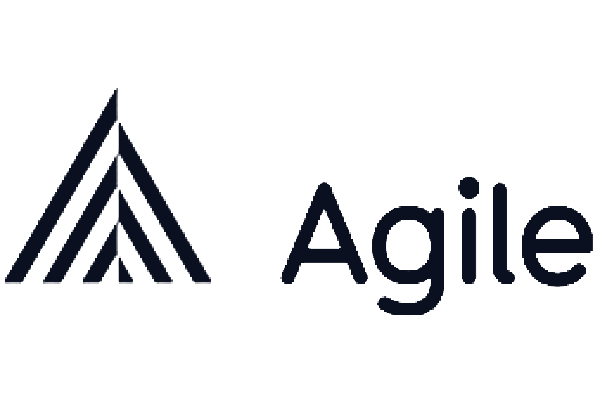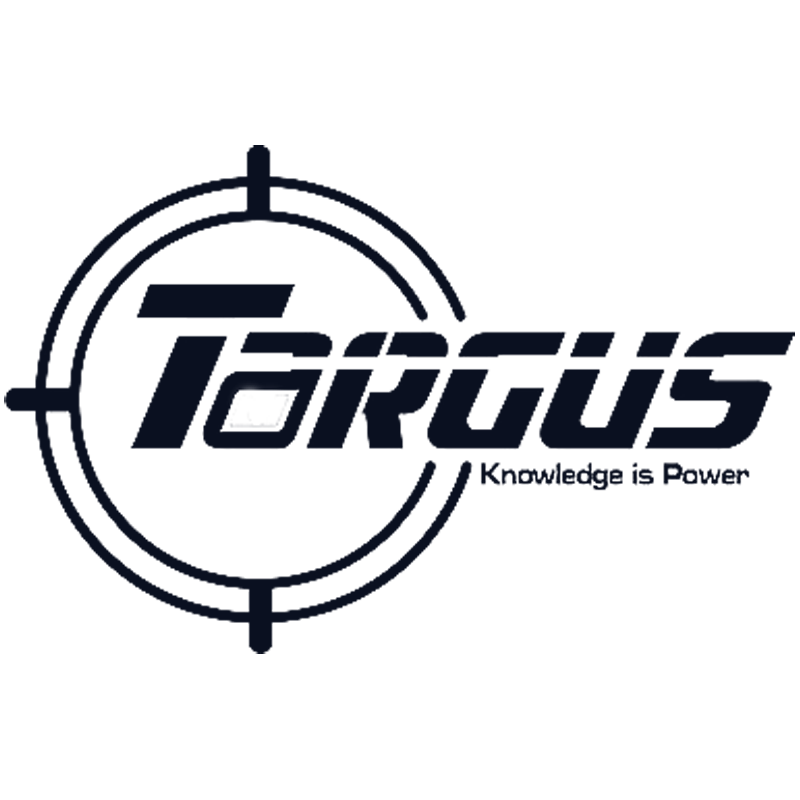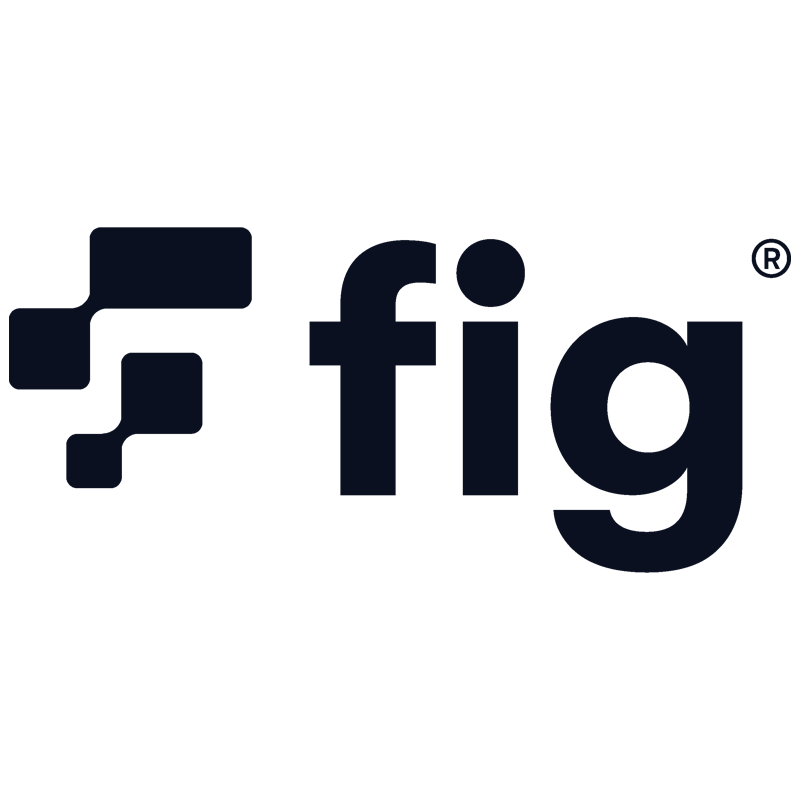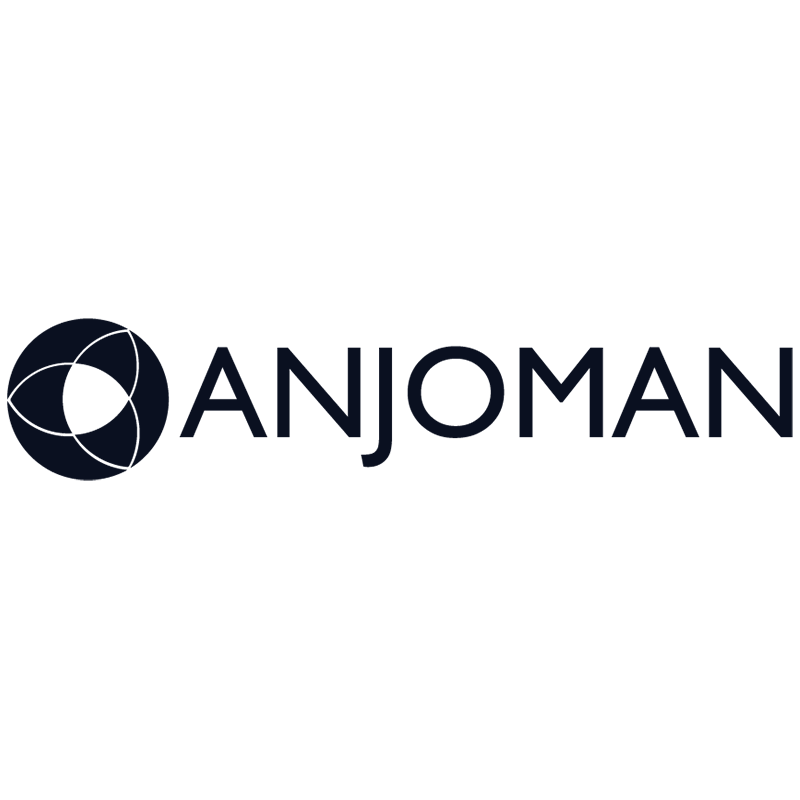This project delivers a GenAI-powered AI Assistant designed specifically for solution architects. The platform enables users to refine AWS architecture diagrams, generate optimised designs based on prompts, and receive intelligent recommendations for best-practice architectures. By combining natural language understanding and AWS design expertise, the solution accelerates architectural design processes, enhances quality, and improves overall efficiency for cloud architects.
The Challenge
Dentex needed to modernise their existing diagnostic workflow for analysing OPG X-rays. Their on-existing setup made it difficult to scale, limited processing speed, and lacked the reliability required for production use in dental clinics. Dentists also faced challenges in obtaining a clear, consolidated overview of all dental diseases present in each scan and maintaining consistent diagnostic logs for patients.
To address these issues, Dentex required a secure, cloud-based platform capable of automatically detecting 8 key dental diseases from OPG images and storing results as part of each patient’s clinical history. As part of this transformation, we containerised the trained AI model and migrated the entire solution into AWS to ensure high scalability, operational efficiency, and seamless integration with their clinical workflows.
The Solution
We modernised Dentex’s diagnostic workflow by building a cloud-enabled AI platform on AWS. OPG images are uploaded through a secure interface and processed instantly using their AI model hosted on AWS compute services such as Amazon ECS Fargate for containerised workloads and AWS Lambda for serverless execution. Results are stored in a reliable AWS database service, Amazon Aurora (PostgreSQL), giving dentists fast access to structured diagnostic insights and complete patient histories.
The system also uses Amazon S3 for secure image storage, Amazon CloudFront for global content delivery, and Amazon Cognito for identity management to ensure secure, low-latency access for clinics across regions. To support operational scalability, image uploads automatically trigger backend processing pipelines orchestrated through Amazon S3 events and Lambda functions, which prepare the scan, send it to the AI inference service on ECS Fargate, and store the final diagnosis in Aurora.
Clinics authenticate through Amazon Cognito, ensuring that only authorised medical staff can access patient data. The entire workflow benefits from AWS’s built-in resilience features, including Multi-AZ Aurora, scalable ECS compute, and automated serverless scaling, allowing Dentex to maintain high performance even during peak clinical hours.
The Results
- Image-to-report turnaround < 10 seconds due to serverless and containerised compute.
- Zero infrastructure downtime due to Multi-AZ Aurora + scalable Fargate compute.
- Full HIPAA/GDPR-aligned data handling using secure S3 storage and Cognito authentication.
Lessons Learned
- Using Amazon S3 for active images and lifecycle rules to move older scans to S3 Glacier significantly reduces long-term storage costs while maintaining compliance.
- We learned that dentists prefer structured summaries and visual overlays rather than raw classification scores. This shaped how detection results were stored and displayed.
















